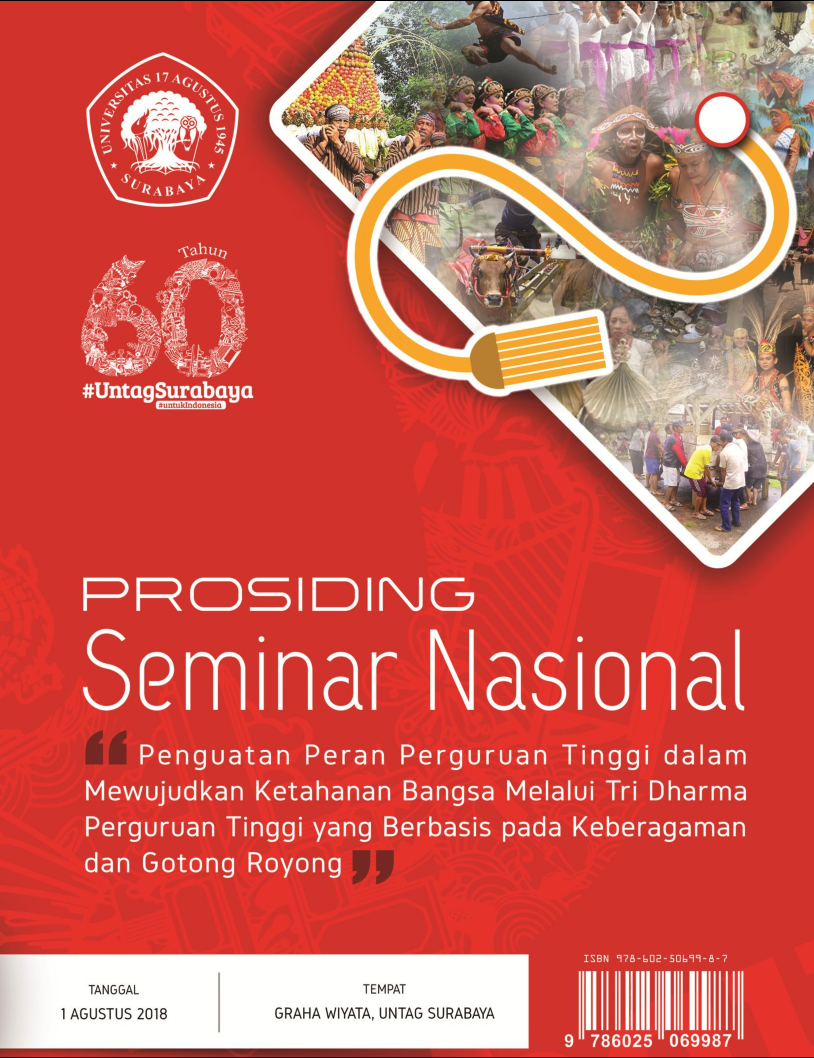KONSUMSI MEDIA SOSIAL MAHASISWA SEBAGAI POTRET AKTIVITAS REMAJA PERKOTAAN
Abstract
The internet has many people. As a new medium, the internet does not only function as a media and traditional media, but also as a message storage medium. The biggest social media access among young people. This study uses aspects in the use and gratification and computer-mediated communication used with media benefits for young people. The use of gratification as a research medium is stil l relevant, while the computer communication media is in accordance with face-to-face communication. This research took place in Untag Surabaya. The campus location was chosen because it was in the middle of the city and represented the profile of architectural students for research. The population is the Surabaya Untag students who discussed 13849 students. The selected sample was 388 students, according to the basic calculations, with systematic random sampling. This type of research is quantitative descriptive, namely the data used to generalize the portrait of urban teenage students. The results of the study showed that users benefited a lot by accessing social media. The best benefits are factors of distance, more and more information. Besides that they feel meeting with the same community. The existence of social media emoticons that are able to support what they want. The presence of social media can also be accessed easily. Students on average access social media 60 to 90 minutes every day, even though only a few in certain conditions. Keywords: Intensity of Accessing Social Media, Computer Mediation Communication, Use and Gratification, Social Media.Downloads
Download data is not yet available.
References
Chaney, Lilian,Martin, Jeanette & Martin. 2004.
Intercultural Business Communication.
New Jersey: Pearson Education, Inc,
Upper Saddle River
Gudykunst, William B. 2002 . “Intercultural
Communication Theoriesâ€, dalam
William B.Gudykunst, Bella Mody (ed.),
Handbook of International and
Intercultural Communication (Second
Edition), Thousand Oaks, New Delhi:
SAGE Publication,Inc.
Jupriono, D. 2010. Lelucon etnis Madura dalam
Perspektif Multikulturalisme.




